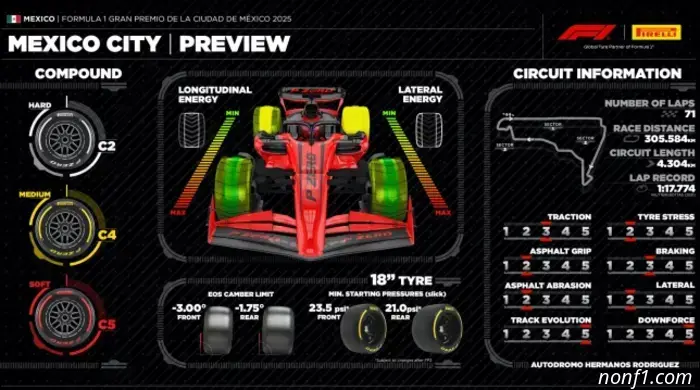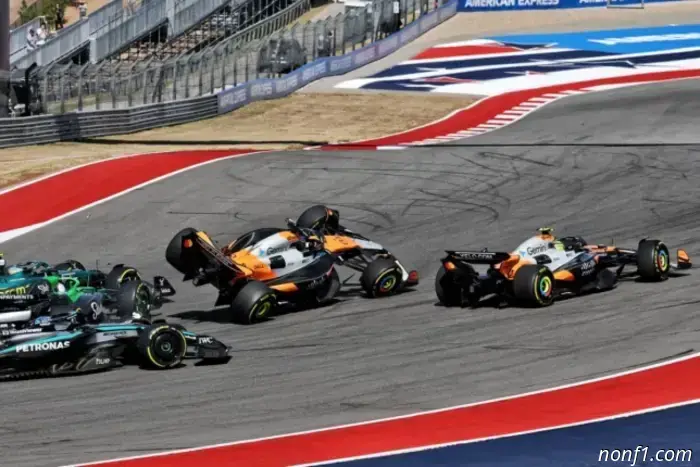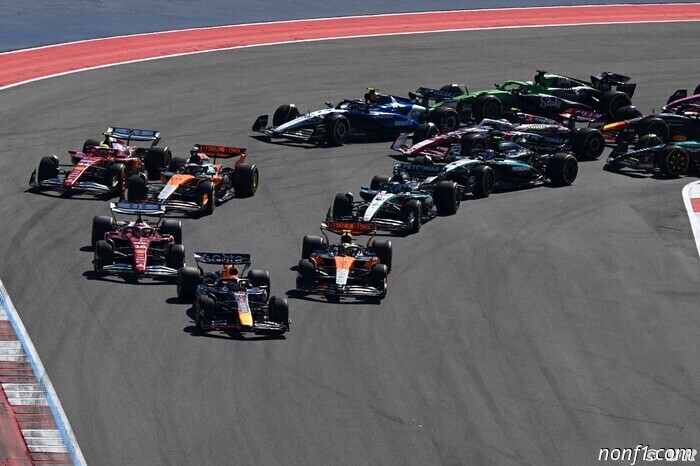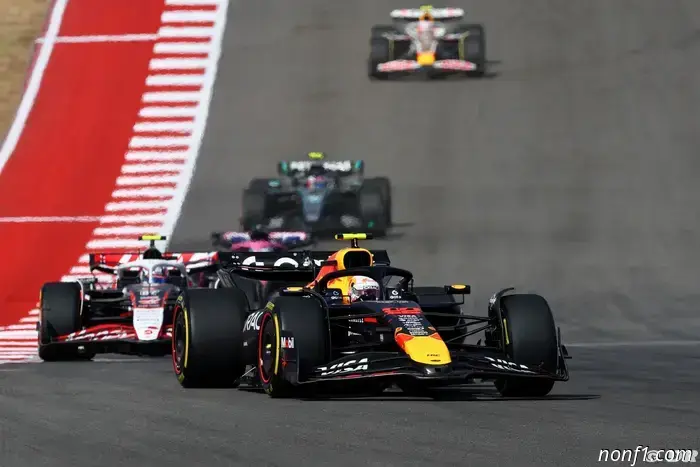
Pirelli will conduct compound tests in Mexico for 2026.
As with the Austin round, for the Mexico Grand Prix Pirelli's tyre division did not select a consecutive range of compounds but took a less conventional approach: Medium and Soft remain the same C4 and C5 as in 2024, but this time C2 will be used as the Hard.
The Italian company admits that this selection is a very conservative choice and, compared with the other two, the hard tyres will be clearly slower, partly because grip on them is expected to be worse.
A year ago the Soft tyre was used in Mexico mainly in qualifying, and in the race only by teams aiming to set the fastest lap. This time the picture may change — at least Pirelli hopes so.
Medium and Soft tyres will provide a significant pace advantage over the hard tyres, so these compounds will be used predominantly on Sunday. However, teams must be prepared for degradation to be so high that a second pit stop will be necessary. Teams that choose C2 for the race, on the other hand, will be able to comfortably extend their stints enough to get by with a single pit stop, although it is clear that their pace will be slightly slower.
During the three practice sessions teams will have to thoroughly analyse the behaviour of the Medium and Soft tyres over long runs to assess their degradation. Historically, the Autódromo Hermanos Rodríguez has seen quite noticeable tyre graining — partly because reduced air density lowers aerodynamic downforce.
Moreover, cars also slide because the track is not used very often and its surface does not provide high-quality grip, which is another reason why cars slide and tyres grain.
In these conditions it will be interesting to see how resistant Pirelli's 2025 tyres are to this phenomenon and to what extent they will give an advantage to drivers who are better at managing tyres.
Last year 14 of the 20 drivers who reached the finish completed the distance with one pit stop. The majority chose Medium for the first stint, but six started on the hard tyres. Calculations showed that the most effective strategy was Medium-Hard, which was confirmed during the race. The Mexico Grand Prix winner, Carlos Sainz, then driving for Ferrari, and second-placed Lando Norris both preferred that tactic.
The longest opening stint on Medium tyres — 39 laps — was completed by Oscar Piastri, Norris's McLaren teammate, while Sauber driver Valtteri Bottas, who started on a scrubbed set of hard tyres, managed to stay out for 49 laps before pitting.
The track surface is very smooth but does not provide particularly effective grip, especially at the start of the weekend. As the weekend progresses the asphalt becomes covered in a layer of rubber and lap times noticeably improve.
Drivers need to be careful and avoid locking up the brakes, and this is made harder by the fact that tyres cool quickly on the long straight sections.
After the Mexico Grand Prix the Pirelli crew will remain at the circuit to conduct the penultimate tyre tests for 2026 on October 28 and 29, in which the Mercedes and Sauber teams will take part.
The next Pirelli tests will take place at Yas Marina in Abu Dhabi after the season ends, with all teams participating; they will use transitional versions of the cars adapted to the tyres' new dimensions, since the tyres will become narrower in 2026.

Other articles
 Martin Brundle on the results of the United States Grand Prix
Martin Brundle commented on the main outcomes of a very dramatic weekend in Austin, after which the fight for the title noticeably intensified...
Martin Brundle on the results of the United States Grand Prix
Martin Brundle commented on the main outcomes of a very dramatic weekend in Austin, after which the fight for the title noticeably intensified...
 McLaren will not be able to match the final car update from Red Bull.
Formula 1 | McLaren is determined to remain competitive in the championship race, even with Red Bull's recent enhancements and increasing pressure from Max Verstappen. Helmut (…)
McLaren will not be able to match the final car update from Red Bull.
Formula 1 | McLaren is determined to remain competitive in the championship race, even with Red Bull's recent enhancements and increasing pressure from Max Verstappen. Helmut (…)
 Enhance Your Ride with Authentic Jaguar F-Pace Components
Motorsport | Launched in 2016, the Jaguar F-Pace transformed the perception of luxury performance SUVs, combining Jaguar's distinctive design with functionality and (…)
Noel León will continue his career in Formula 2.
Noel León will continue his career in Formula 2.
Colapinto: The team's instructions must be followed.
In the closing laps of the race in Austin, Franco Colapinto disobeyed team orders and overtook his teammate. Alpine management did not like the young driver's behavior and held a clarifying discussion with him.
Enhance Your Ride with Authentic Jaguar F-Pace Components
Motorsport | Launched in 2016, the Jaguar F-Pace transformed the perception of luxury performance SUVs, combining Jaguar's distinctive design with functionality and (…)
Noel León will continue his career in Formula 2.
Noel León will continue his career in Formula 2.
Colapinto: The team's instructions must be followed.
In the closing laps of the race in Austin, Franco Colapinto disobeyed team orders and overtook his teammate. Alpine management did not like the young driver's behavior and held a clarifying discussion with him.
 Mekies cautions that Tsunoda's development is still 'not sufficient.'
Formula 1 | Voices from France are urging for calm as Yuki Tsunoda's revival comes under new examination regarding Isack Hadjar - while team principal Laurent Mekies emphasizes the (…)
Mekies cautions that Tsunoda's development is still 'not sufficient.'
Formula 1 | Voices from France are urging for calm as Yuki Tsunoda's revival comes under new examination regarding Isack Hadjar - while team principal Laurent Mekies emphasizes the (…)
Pirelli will conduct compound tests in Mexico for 2026.
After the Mexican Grand Prix the Pirelli team will remain at the circuit to conduct this year's penultimate tests of the tyre compounds for 2026...
